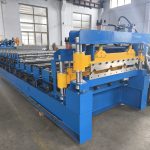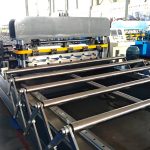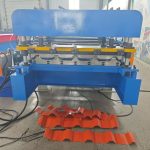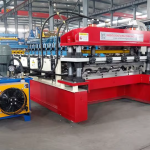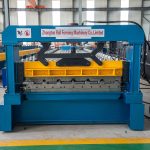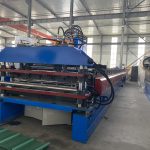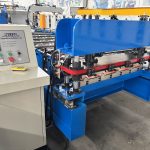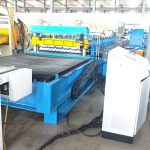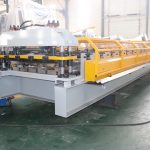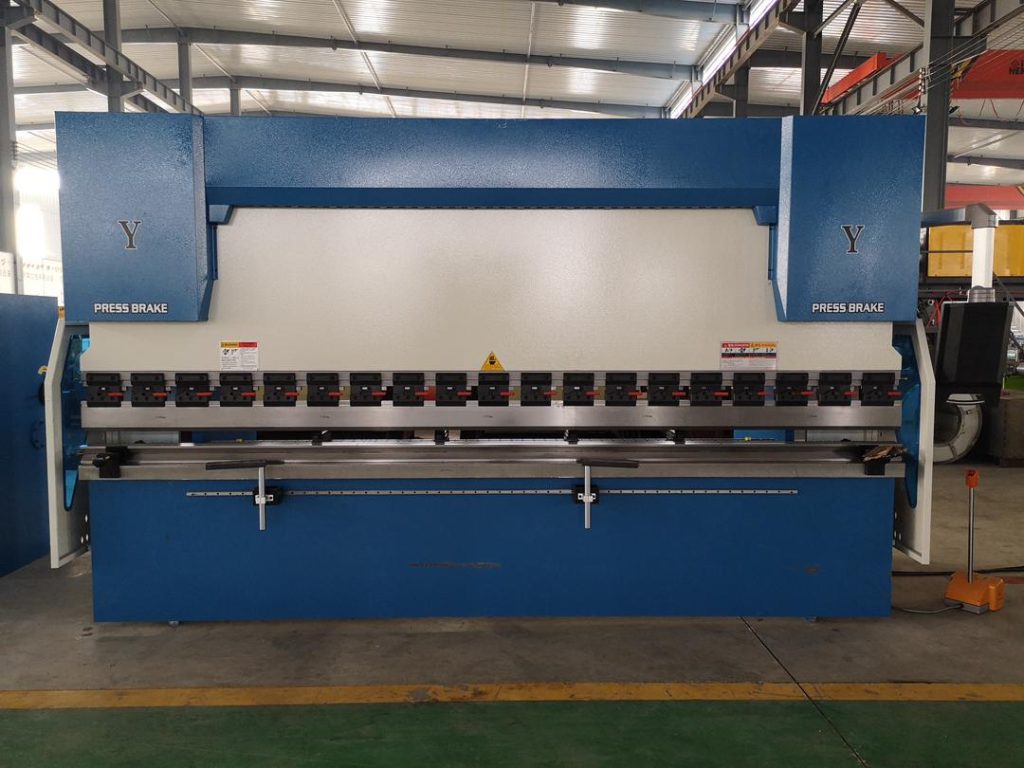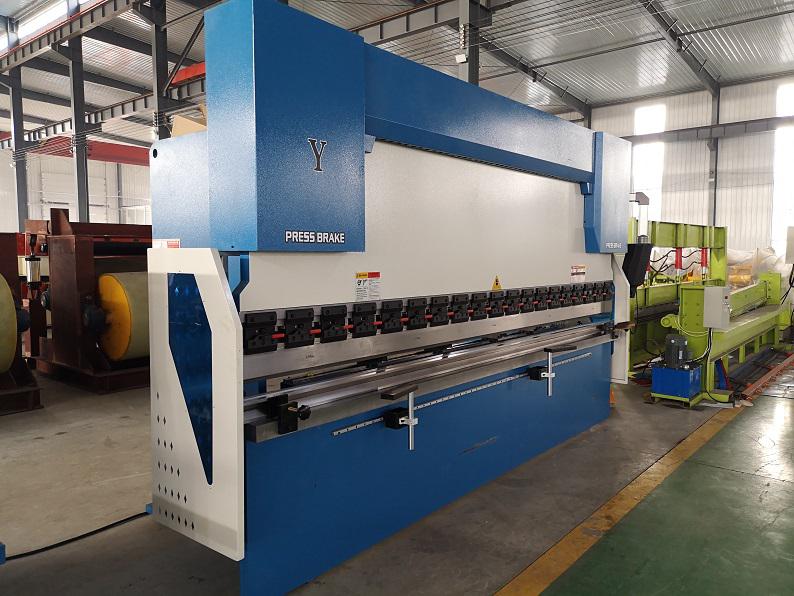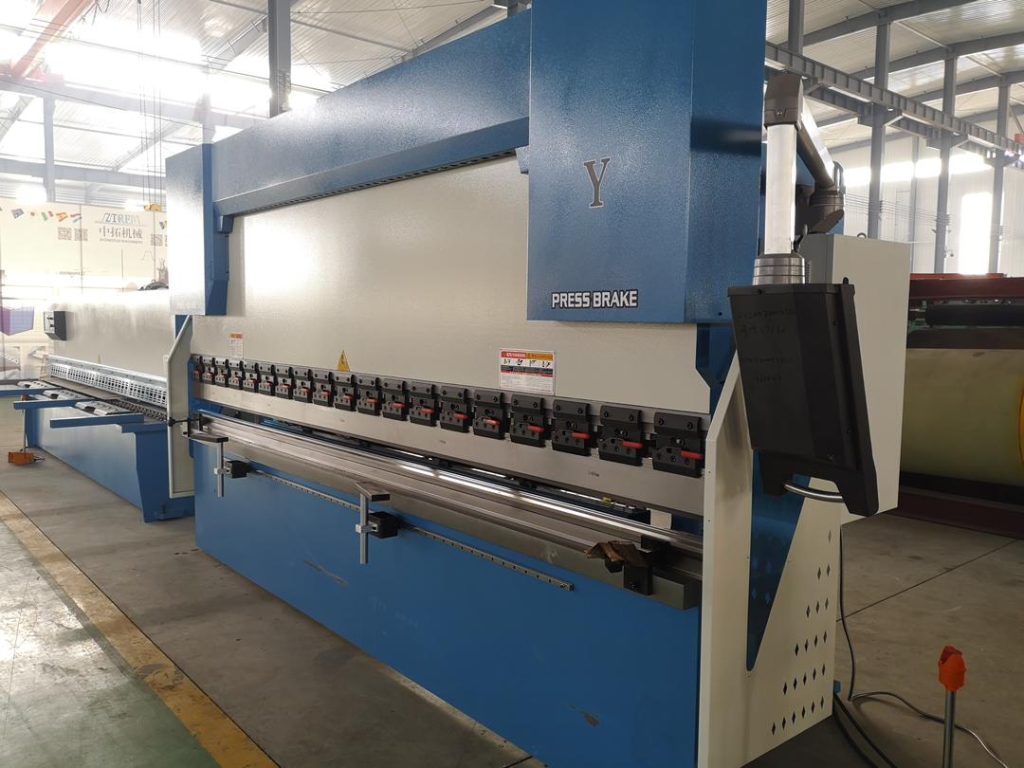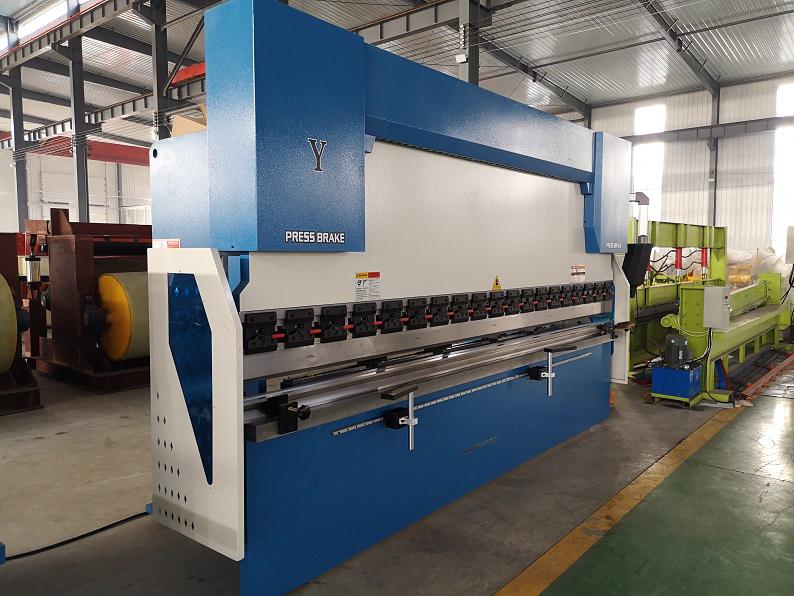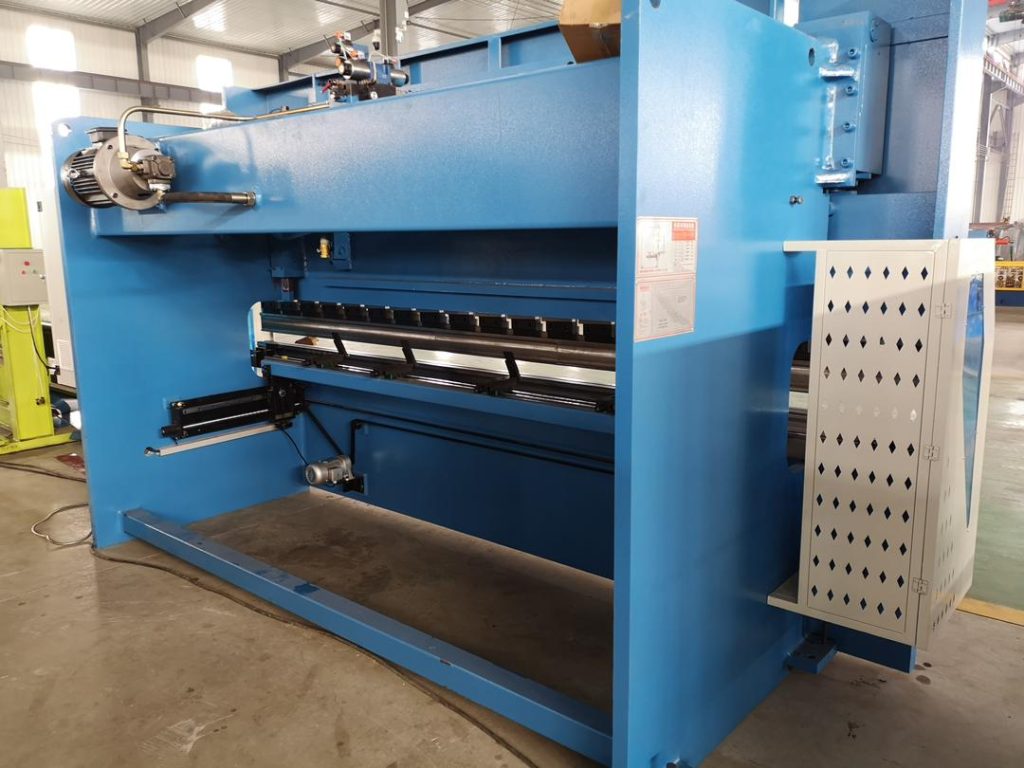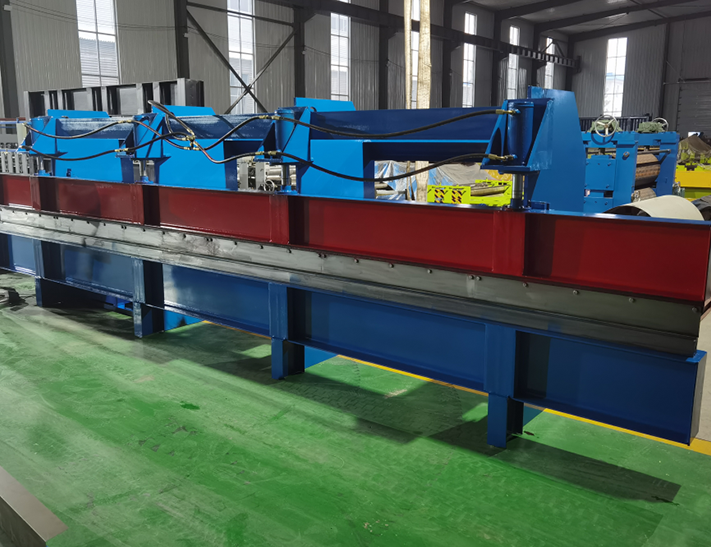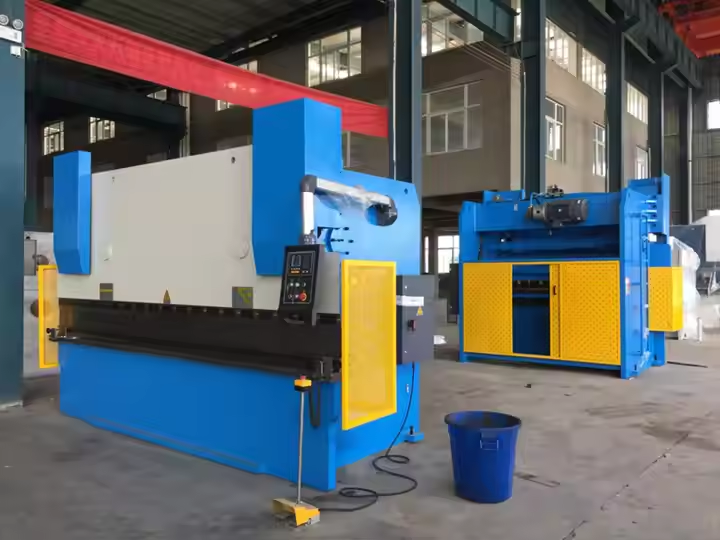Manufacturers’ Press Brake and Hydraulic Bending Machine Sheet Metal Steel Iron
A bending machine is a specialized device for bending thin plates, whose core structure consists of a bracket, a workbench, and a clamping plate. The workbench is mounted on the bracket and composed of a base and a pressure plate; the base is connected to the clamping plate via a hinge, and the base itself includes a seat shell, a coil, and a cover plate. The coil is placed in the depression of the seat shell, and the top of the depression is covered with the cover plate. This structural design provides a stable foundation for subsequent clamping and bending operations.
I. Working Principle
The operation of a bending machine is centered on the application of electromagnetic force. During use, a wire supplies current to the coil, and the energized coil generates electromagnetic attraction, which directly acts on the pressure plate, prompting it to move toward the base, thereby firmly clamping the thin plate placed between them.
This electromagnetic clamping method has significant advantages:
– Strong flexibility: The pressure plate can be customized according to the shape and size requirements of different workpieces to meet diverse bending needs;
– Wide adaptability: It can bend special workpieces with side walls (such as box-type parts, grooves, etc.), breaking through the limitations of traditional mechanical clamping;
– Easy operation: There is no need for complex mechanical locking devices, and clamping and releasing can be achieved only by turning the current on and off, simplifying the operation process.
II. Classification
Bending machines can be divided into three categories according to their power forms and control methods:
– Manual bending machines: Driven by human force or auxiliary electricity, they are further subdivided into mechanical manual bending machines (pure mechanical transmission, suitable for simple, small-batch processing) and electric manual bending machines (electrically assisted, reducing labor costs with slightly higher efficiency).
– Hydraulic bending machines: Powered by hydraulic pressure, they are powerful and run stably. According to the synchronization method, they can be divided into torsion axis synchronization (synchronization achieved through mechanical linkage of the torsion axis, with low cost),
mechanical-hydraulic synchronization (a combination of mechanical and hydraulic synchronization, with moderate precision), and electro-hydraulic synchronization (hydraulic synchronization controlled by an electronic system, with high precision); according to the movement mode, they are divided into up-moving type (the slider moves downward to achieve bending, widely used) and down-moving type (the slider moves upward, suitable for processing specific workpieces).
– CNC bending machines: Integrated with a digital control system, they can set bending parameters (such as angle, stroke, etc.) through programming to achieve automated and high-precision bending, suitable for complex, mass precision processing scenarios.
III. Structural Features
Main parameters of the machine
| o. | Item | Parameter | Unit | |
| 1 | Nominal Pressure | 1250 | Kn | |
| 2 | Length of Table | 3200 | mm | |
| 3 | Distance between columns | 2510 | mm | |
| 4 | Throat Depth | 320 | mm | |
| 5 | Table height | 900 | mm | |
| 6 | Ram stroke | 140 | mm | |
| Stoke | ≥8 | times/minutes | ||
| 7 | Max. Open height | 395 | mm | |
| 8 | Main motor | 7.5 | KW | |
| 9 | Electric power supply | 380-415 | V | |
| 50 | Hz | |||
| 3 | PH | |||
| 10 | Overall Dimensions | L 3450 | mm | |
| W 1740 | mm | |||
| H 2450 | mm | |||
The structural design of bending machines focuses on the three core goals of “stability, precision, and efficiency”, with the following specific features:
1. Adopting an all-steel welded structure, it has excellent overall rigidity and strength, able to withstand the huge impact force during bending and ensure long-term stable operation of the equipment;
2. Using a hydraulic upper transmission mode, the oil cylinders at both ends of the machine tool are directly installed on the slider, and the driving force acts directly on the slider, reducing power loss and ensuring precise control of the bending action;
3. The slider synchronization mechanism adopts torsion axis forced synchronization, ensuring that the sliders on both sides move consistently through the mechanical constraint of the torsion axis, avoiding workpiece deformation caused by synchronization errors;
4. Equipped with a mechanical stop structure, it has high positioning accuracy and stability, which can accurately control the end point of the slider stroke and ensure the consistency of bending dimensions;
5. The slider stroke supports both motorized rapid adjustment and manual fine-tuning modes, combined with a counter to display parameters in real-time, facilitating operators to quickly calibrate and improve debugging efficiency;
6. Equipped with a wedge-type deflection compensation mechanism, which can automatically compensate for the slight deformation of the machine tool under force according to parameters such as workpiece thickness and bending length, effectively ensuring high precision of the bending angle.


